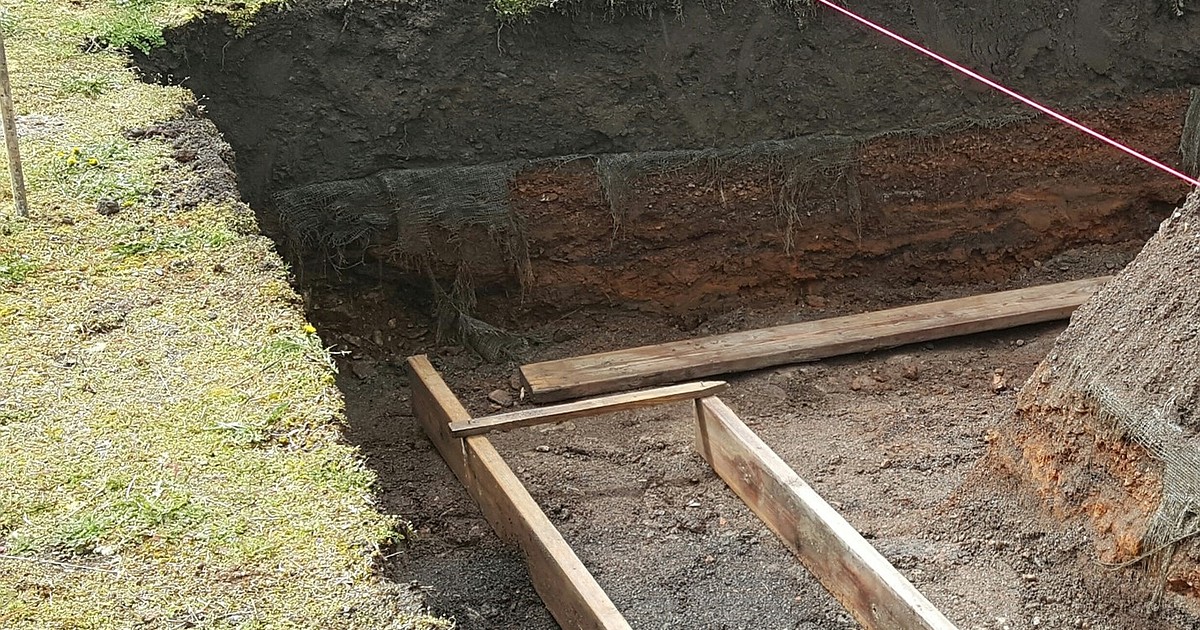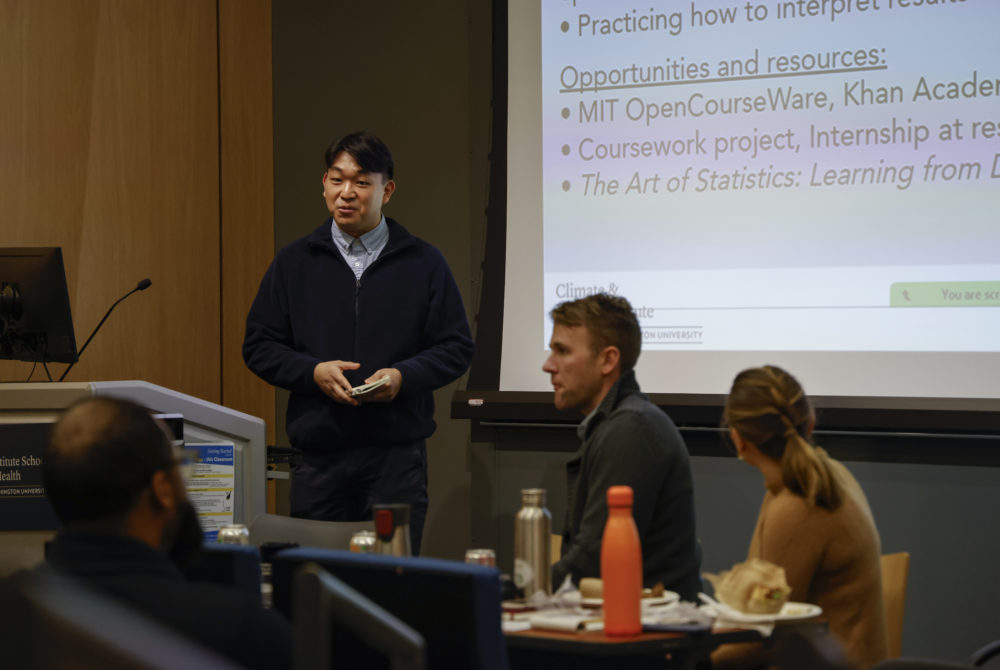[ad_1]
This history of the Bunker Hill Superfund Site (BHSS) is a long and complicated one. Cleanup of legacy mine waste throughout the site began in the late 1980s and continues today. But cleanup isn’t so easy at the BHSS. Several factors limited the types of remedial options available here. Factors such as the enormous amounts of contaminated materials, the widespread natures of them, where those materials are located and the depths to which they extend made a complete removal of all waste an impossible feat. As such, it was decided that the best and most practical approach would be that of partial removals and replacements. In community and residential areas, contaminated materials were typically removed to depths between 6 and 12 inches, then protective “clean” barriers were installed over the remaining contaminants. To date more than 7000 properties have been remediated, and although fragile, with the proper oversight, this barrier system has proven to be effective. This oversite has been successfully provided by the Panhandle Health District’s (PHD) Institutional Controls Program (ICP) since 1995.
The ICP is a locally enforced set of rules and regulations designed to ensure the integrity of clean soil, gravel, and other protective barriers placed over contaminants. The ICP is stationed out of the Kellogg PHD office. To ensure barriers are being properly managed and protected, the ICP offers educational workshops to the community, provides certifications for contractors in the community, and issues excavation permits for anyone that is grading, leveling, or performing any kind of excavation activities. The goal is to ensure clean barriers are properly protected, maintained and then re-installed when work is complete to make sure human health is protected throughout the duration of the project. To assist homeowners with small projects the ICP can provide free soil or gravel for barrier maintenance and repairs, free contaminated soil pickups and access to free permanent disposal sites. The fundamental purpose of the ICP is to protect public health and to assist with land transactions in the site.
Today, when you travel through the Silver Valley and the Coeur d’Alene River basin, it is hard to imagine contaminants remain in this beautiful area. Major strides have been made in cleaning up and stabilizing contamination throughout the region. However, hazards still exist. Exposure to lead and other heavy metals can cause a variety of adverse health effects, especially to young children and pregnant women, and even low levels of exposure have been found to cause damage. In addition to implementing the ICP, the Kellogg PHD office also runs a lead health intervention program (LHIP). The goal of the LHIP is to provide outreach and education about these remaining hazards. LHIP services include year-long free blood lead testing for anyone living, working or recreating in the site; in home consultations; free HEPA filter vacuums on loan for interior house cleaning; and other proper protective equipment to use when doing construction projects. LHIP staff visit local schools every year to do lead health education classes, host booths at numerous community events, organize a community-wide environmental science and technology fair, and are available to put on presentations on a wide variety of site topics. If you would like to learn more please visit https://panhandlehealthdistrict.org/institutional-controls-program/ or contact Mary Rehnborg at Panhandle Health District’s Kellogg office: 208-783-0707 or mrehnborg@phd1.idaho.gov
The Our Gem Coeur d’Alene Lake Collaborative is a team of committed and passionate professionals working to preserve lake health and protect water quality by promoting community awareness of local water resources through education, outreach and stewardship. Our Gem includes local experts from the University of Idaho Community Water Resource Center, Coeur d’Alene Tribe, Idaho Department of Environmental Quality, Kootenai Environmental Alliance, Coeur d’Alene Regional Chamber of Commerce, Kootenai County and CDA 2030.
[ad_2]
Source link



